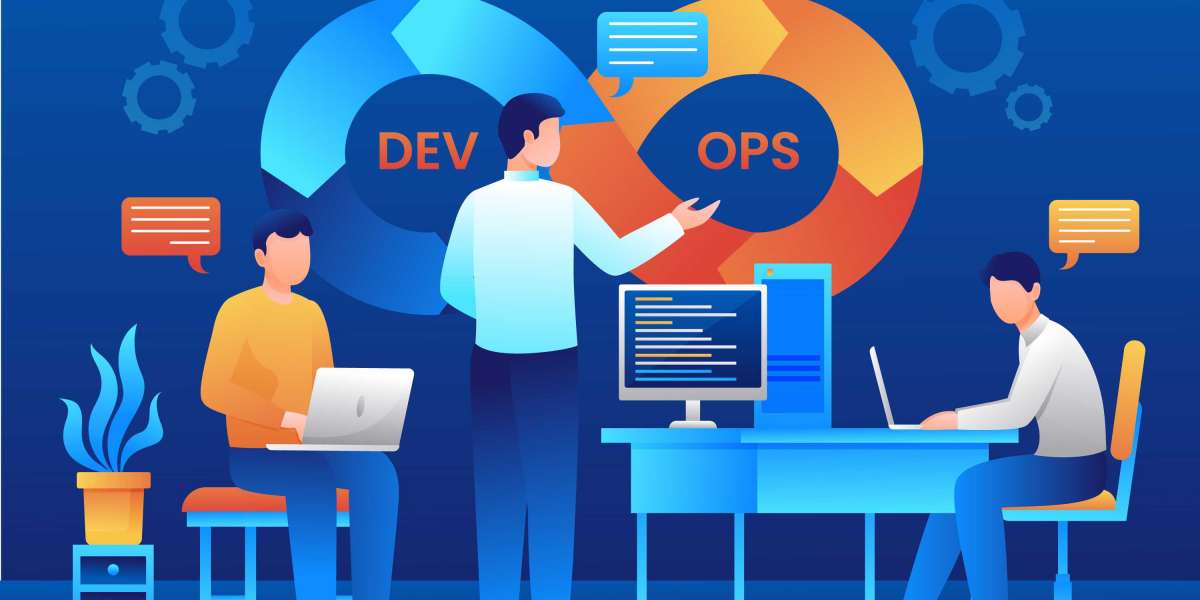The AS400 (IBM iSeries) has been a reliable workhorse in enterprise computing for decades, known for its stability, security, and robustness. However, with the rapid growth of the Internet of Things (IoT), businesses are looking for ways to modernize legacy systems like AS400 to harness real-time data from connected devices.
This blog explores the integration possibilities between AS400 and IoT, highlighting use cases, technical approaches, challenges, and future trends.
2. What is AS400 (IBM iSeries)?
The IBM AS400, now known as IBM iSeries or IBM Power Systems, is a mid-range server designed for business applications. Key features include:
Integrated Database (DB2)
High Security and Reliability
Support for Legacy and Modern Applications
Scalability for Enterprise Workloads
Despite being introduced in 1988, AS400 remains relevant due to its backward compatibility and adaptability.
3. The Rise of IoT and Its Impact on Businesses
The Internet of Things (IoT) refers to a network of interconnected devices that collect and exchange data. Industries leveraging IoT include:
Manufacturing (Industry 4.0)
Healthcare (Remote Patient Monitoring)
Retail (Smart Inventory Systems)
Logistics (Fleet Tracking)
IoT enables:
✔ Real-time analytics
✔ Automated decision-making
✔ Predictive maintenance
✔ Enhanced customer experiences
4. Why Integrate AS400 with IoT?
Many enterprises still rely on AS400 for core operations but need IoT capabilities for:
Real-time data processing
Automating legacy workflows
Improving operational efficiency
Enhancing customer engagement
Integrating AS400 with IoT bridges the gap between legacy systems and modern smart technologies.
5. Challenges in Integrating AS400 with IoT
While integration offers benefits, challenges include:
Legacy system limitations (older protocols, lack of native IoT support)
Data silos (difficulty in synchronizing IoT data with AS400 databases)
Security risks (exposing AS400 to external IoT devices increases vulnerabilities)
Scalability concerns (handling massive IoT data streams)
6. AS400 and IoT Integration: Key Possibilities
6.1 Real-Time Data Processing
IoT sensors generate continuous data streams.
AS400 can process this data in real-time using RPG or Java-based applications.
Example: Smart meters sending energy consumption data to AS400 for billing.
6.2 Enhanced Supply Chain Management
IoT-enabled RFID tags and GPS trackers provide shipment visibility.
AS400 integrates this data for inventory optimization and logistics tracking.
6.3 Predictive Maintenance in Manufacturing
IoT sensors on machinery detect anomalies.
AS400 analyzes trends to predict failures before they occur, reducing downtime.
6.4 Smart Retail and Inventory Management
IoT-enabled shelves track stock levels.
AS400 automates replenishment orders when inventory runs low.
6.5 Healthcare Monitoring Systems
Wearable IoT devices track patient vitals.
AS400 stores and analyzes this data for remote diagnostics.
7. Technical Approaches to AS400 and IoT Integration
7.1 API-Based Integration
RESTful APIs allow IoT platforms to communicate with AS400.
Example: Node.js or Python scripts fetching IoT data and pushing it to AS400.
7.2 Middleware Solutions
IBM MQ or Apache Kafka act as intermediaries between IoT devices and AS400.
Ensures seamless data flow without direct system exposure.
7.3 Cloud-Based Integration
IoT data is first stored in AWS/Azure, then synchronized with AS400.
Useful for scalability and hybrid cloud setups.
7.4 Direct Database Connectivity
IoT applications write directly to DB2 on AS400 via ODBC/JDBC.
Best for high-speed, low-latency use cases.
8. Security Considerations for AS400-IoT Integration
Since IoT expands the attack surface, security measures include:
Encrypting data in transit (TLS/SSL)
Implementing strict access controls (RBAC)
Regular AS400 security patches
Network segmentation to isolate IoT traffic
9. Future Trends: AS400 in an IoT-Driven World
AI-powered analytics on AS400 for IoT data.
Edge computing reducing dependency on central AS400 systems.
Blockchain for secure IoT-AS400 transactions.
10. Conclusion
The integration of AS400 with IoT unlocks new possibilities for enterprises, enabling real-time insights, automation, and smarter operations. While challenges exist, modern integration techniques (APIs, middleware, cloud) make it feasible with the support of IBM i development services, which help bridge the gap between legacy systems and emerging technologies. As IoT evolves, AS400 will continue to play a vital role in enterprise IT, proving that even legacy systems can adapt to the digital age.




